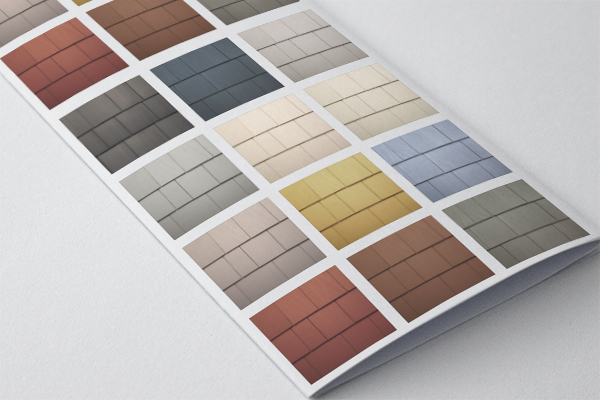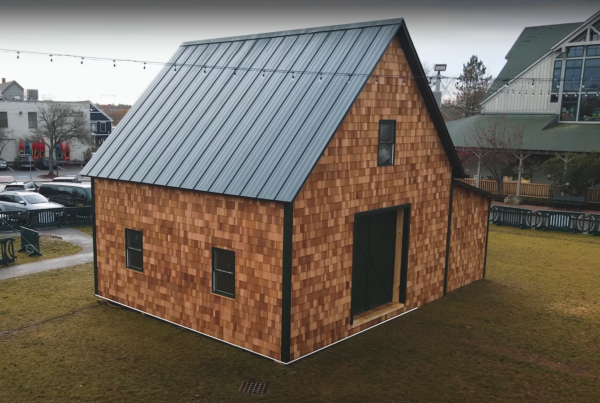Introduction
For over two months, I’ve had the privilege of sitting next to our national sales representative specializing in cedar shingle siding. The wealth of knowledge I’ve gained during this time is invaluable. Because knowledge is better when shared, I thought it was about time to impart some of these insights to you.
Shingle vs. Shake: Know the Difference
One of the first things I learned is the distinction between the terms “Shingle” and “Shake.” While these terms are often used interchangeably, they serve different purposes. Shakes are primarily associated with roofing rather than siding. We frequently receive calls from customers asking for “cedar shake,” which leads us to wonder: are people aware of the terminological difference?
Lifespan Factors: Stain vs. Paint
The longevity of your cedar shingle siding can vary significantly depending on whether it’s stained or painted. A semi-transparent stain generally lasts between 3-5 years, whereas paint can last from 7-8 years. However, these numbers are not set in stone. Factors like your geographical location and local weather conditions can impact the longevity of your siding. Therefore, it’s crucial to discuss your specific environmental conditions when making a purchase.
Types of Cedar: Western Red vs. Eastern White
Western Red Cedar
Western Red Cedar shingles contain tannic acid, making staining the preferred finish. Painting these shingles is not advisable as the tannins would bleed through, causing color variations. Even staining isn’t entirely foolproof; there’s still a chance of tannin bleed, although it’s less noticeable with a semi-transparent stain. If left untreated, Western Red Cedar will naturally weather over time, changing to shades of black, brown, or reddish.
Eastern White Cedar
In contrast, Eastern White Cedar shingles lack tannic acid, making them suitable for solid color applications. While these shingles can be left untreated to weather into a gray hue, painting is recommended to extend their lifespan.
Grades of Cedar Shingles
After choosing the type and finish, your next decision involves selecting the grade of shingles.
Eastern White Cedar Grades
Eastern White Cedar shingles come in grades A, B, C, and D. Grade A shingles are free of imperfections, whereas grade B shingles have minor flaws that are not visible on the exposed face. Once installed, it’s challenging to distinguish between the two.
Western Red Cedar Classes
Western Red Cedar shingles are categorized as either Class 1 or Class 2. Class 1 shingles are perfect, while Class 2 shingles may have some imperfections.
At Cedar Shingles Direct, we only offer Eastern White Cedar in grades A and B, and Western Red Cedar in Class 1, ensuring you receive the highest quality.
Conclusion
Choosing the right cedar shingle siding involves several considerations—understanding the terminology, knowing the lifespan based on the finish, deciding on the type of cedar, and selecting the grade. If you’re in the market for Western Red or Eastern White Cedar Shingles, don’t hesitate to contact Cedar Shingles Direct. We’re here to guide you through every step, ensuring you make an informed decision for your home’s exterior.






